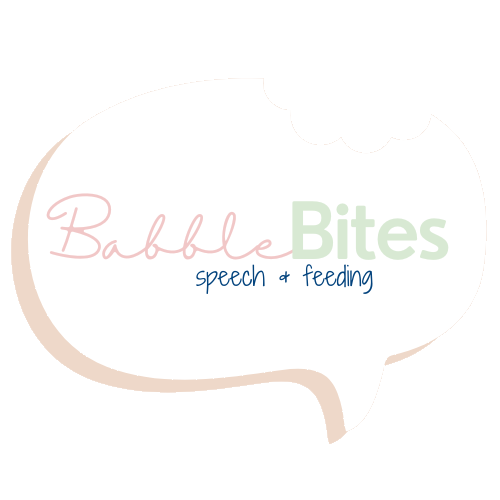Functional Words: How to Teach Your Baby to Tell You “All done”
The word “done” or phrase “all done” is functional for babies to learn, because it gives them the ability to tell you they do not want something anymore, whether it’s food or an activity.
Learning how to communicate “all done” can help reduce frustration.
How to Teach Your Baby the Words, “All done”
1. Model saying “all done” frequently across different activities
Start by modeling the word (and sign if you want!) every time you finish an activity, and especially when your child is communicating non-verbally that they are done. This could look like your child starting to push food/objects away, throwing food from their tray, becoming upset with an activity, or becoming disinterested in a toy.
Here is the sign for “all done.” You can pair it with the verbal word.
2. Bring your baby’s attention to your mouth as you model the words “all done”
You can also point to your mouth while you say the words “all done” to bring your baby’s attention to the way your mouth is moving. Most of the sounds in “all done” are early developing, which makes this a great early phrase to teach (it might sound like “ah duh” when your baby says it).
3. Add another word to “all done” to continue expanding vocabulary
You can also model the word of whatever you are all done with, such as “all done banana,” “all done milk,” “all done swing,” “all done puzzle,” etc.
4. Give your child the opportunity to tell you “all done” by pausing
Once you have modeled the phrase “all done” many times across different activities (this may take days, weeks, or months depending on your child’s development, and their age), choose an opportunity to pause and wait before automatically ending the activity.
Finishing a puzzle creates a great opportunity to practice saying “all done.”
Play-time example:
Let’s take playing with a puzzle for example. When your child is becoming disinterested in the puzzle, try using a cloze statement by modeling “all…” and then pause and look expectantly at your child (i.e. eyebrows raised, mouth open smiling) to see if they fill in the word “done.” If you have been modeling the sign, you can try doing just the sign and see if your child fills in the words “all done.”
If your child does not initiate the words or sign for “done” or “all done” on their own, try modeling the word and/or sign, “all done,” and again pause and look expectantly, and see if your child imitates the word or sign. Wait 3-5 seconds after you model “all done” to see if they imitate you. If you ask it as a question (“Are you all done?”), be aware that your child may just respond “yes” or with a head nod if they already have this skill, so you will need to model the word by itself.
If they are not getting frustrated, try this again 1-2 more times before starting to clean-up or stop the activity as you model saying “all done” once again.
If they don’t try the word yet, continue to model it across different activities and try this again in a few days!
When Can Babies Use the Phrase “All done”?
Babies can learn the sign for “all done” as early as 9 months of age, and the verbal word “all done” typically between 12-18 months of age. Although “all done” is technically a 2-word phrase, it’s what’s called a rote phrase, meaning it’s learned as a single unit.
This website and information on this blog post is provided for educational purposes only. It is not meant as medical advice, intended to replace a speech-language assessment, therapy from a speech-language pathologist, or serve as medical care for a child. It is recommended that you discuss any concerns or questions you might have with your speech-language pathologist, pediatrician, and medical team, and develop an individualized team plan specifically for your child.
Follow us on Instagram for “bite-sized” information on each blog post:













